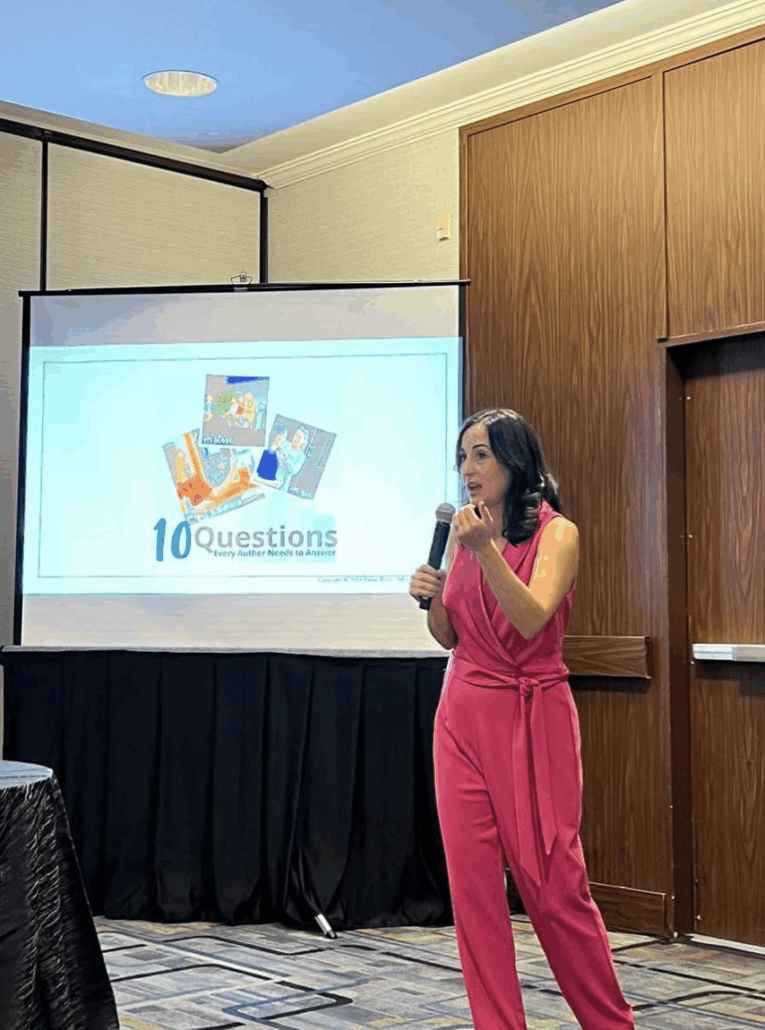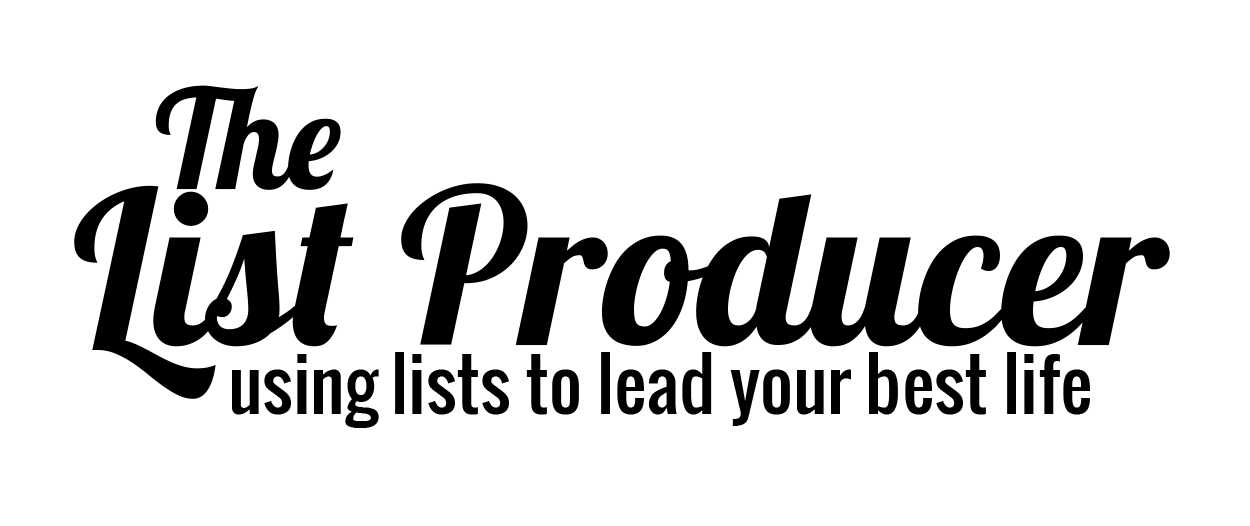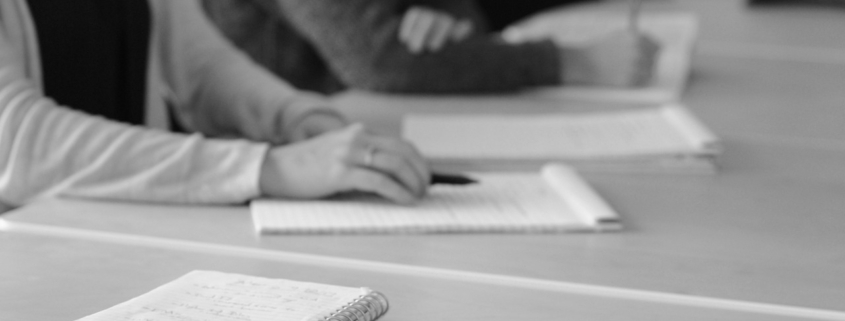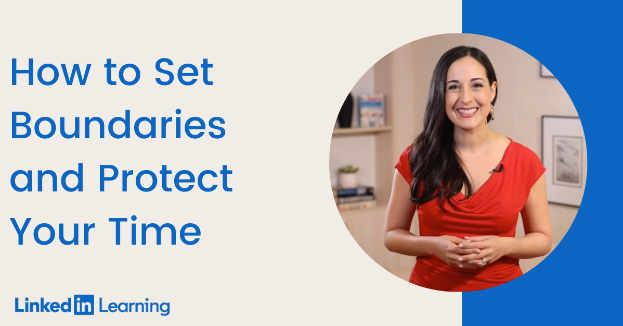Reflect and Reset List
___
BONUS FREEBIE: Want even more ways to stay organized, productive and less stressed? CLICK HERE to get access to my List-Making Starter Kit. It will boost your efficiency and get you back to doing more of the things you love.
___
This year had so many ups and downs for me. There was a lot to celebrate and be grateful for, and some hard moments too.
I’ve been thinking about how to move into 2026 holding these memories close, while also making room for new opportunities that I’m really excited about. That’s where I got the idea for a Reflect and Reset List.
Preparing for Conferences as an Attendee
__
BONUS FREEBIE: Want even more ways to stay organized, productive and less stressed? CLICK HERE to get access to my List-Making Starter Kit. It will boost your efficiency and get you back to doing more of the things you love.
___
Conferences are something I always look forward to. They provide networking opportunities, creativity-boosting experiences, and a chance to connect with like-minded professionals. But they can also be stressful or overwhelming without the right preparation. Showing up prepared makes all the difference.

Here’s a step-by-step guide to getting the most out of conferences:
Distraction Placeholders for Productivity
___
BONUS FREEBIE: Want even more ways to stay organized, productive and less stressed? CLICK HERE to get access to my List-Making Starter Kit. It will boost your efficiency and get you back to doing more of the things you love.
___
The average attention span is now about 47 seconds. Yep. That’s it!
That’s according to Dr. Gloria Marks — she’s a professor at the University of California and the author of the book “Attention Span”. It used to be much longer but with technology, it’s shrinking. And once you get distracted, it takes about 23 minutes to get back on track. That’s a lot of lost time!
But fear not — you don’t have to just accept that lost time. That’s where my distraction placeholder comes in. A distraction placeholder is a little note to your future self so that you can jump right back in after a pause.
Why use these? Well, you can’t always eliminate all distractions. It’s impossible to keep your focus at all times. Instead, focus on setting yourself up for success when a distraction pops up.
I started doing this when I was a television producer and worked under very tight deadlines. I needed to focus on the work in front of me and couldn’t afford to lose my place.
I’ve given lots of tips since my very first productivity blog went live in 2011. In all that time, the idea that I get the most positive feedback on again and again is the distraction placeholder. I’ve been using these for years and I’m so happy that this idea resonates with so many people.
___
___
Here’s how it works:
Before I answer the phone or answer the door or whatever is interrupting me, I pause. I ask myself, “What am I in the middle of doing?” and then I write it down in my distraction placeholder spot on my to-do list. The bottom left hand corner of my to-do list is empty for this reason. I use that spot to jot down a quick note-to-self.
When I want to return to the work I was doing, I know exactly where I am. It helps to cut down on those 23 minutes it takes to get going again.
The key is to give yourself the right information so that you can reduce the time it takes to re-enter a task. Because you might be losing more time than you think trying to get back in the flow.
Ready to give it a try? Here are some guidelines:
- Be consistent. Use the same place to write down your distraction placeholder. And keep it handy. It’s not saving you time if you’re rooting around looking for your note!
- Keep it short and sweet. You don’t need to write more than a few words. The keywords will depend on what you’re doing, and you’ll see what works best for you as you use this tool. Bullet points often work best here.
- Be intentional about re-starting. Commit to getting back into the task fully. After the distraction is done, read over your placeholder note, take a moment to get back in the right headspace, and jump in.
___
BONUS FREEBIE: Want even more ways to stay organized, productive and less stressed? CLICK HERE to get access to my List-Making Starter Kit. It will boost your efficiency and get you back to doing more of the things you love.
___





